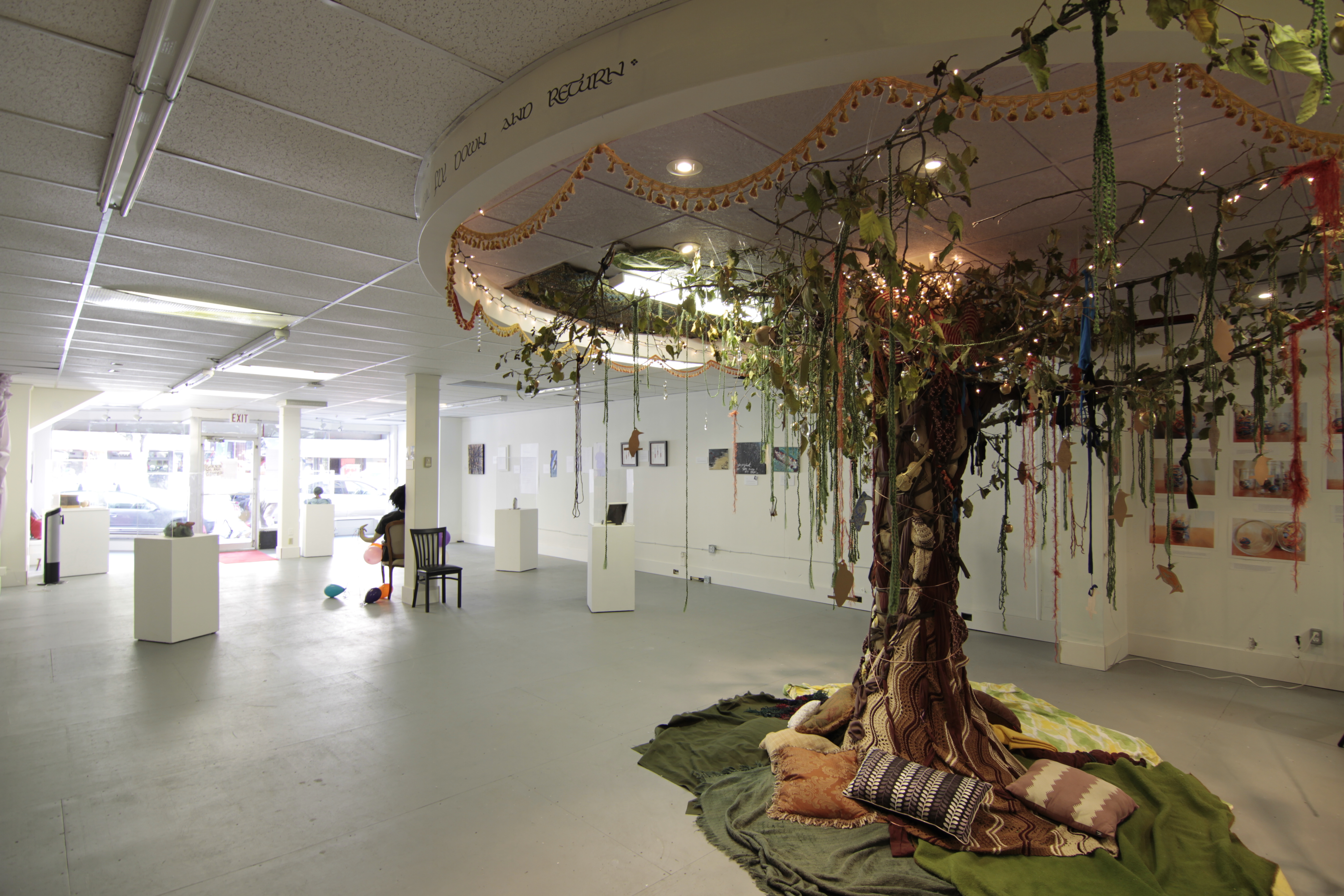
Grieving Online: Examining Street-Involved Youth’s Social Networking After the Death of a Peer
Mortality rates among street-involved youth in Canada are 8-11 times higher than among their housed peers (Boivin, Roy & Haley, 2005). While there is substantial research investigating the risks faced by youth on the street, how those youth cope with the death of a peer has not been systematically studied. In the last 2 years of my clinical practice, the youth I worked with lost at least 4 peers due mainly to substance use. As a youth outreach worker with on-line social networks to over 400 youth, many of them street-involved, I witnessed the outpouring of messages involving songs, video, poetry, photos and artwork to their deceased peers and to each other. Youth describe feeling overwhelmed following the death of a peer; for street-involved youth, in particular, their feelings of loss, anger and despair may lead to increased substance use and suicide ideation.
In my original research, I addressed the following driving question: How do street-involved youth use on-line social networks following the death of a peer? My research considers questions such as: How do the conversations and images they share on line enable them to express grief, create and enact forms of mourning and help traumatized friends? Do street-involved youth search out mental health support on-line beyond their social networks of friends or do they perceive their use of social media as a coping strategy?
This qualitative, youth-centred research project recruited self-identified street-involved youth at the downtown Victoria Youth Clinic, a drop in clinic for youth that provides food, access to resources and harm-reduction medical care, AIDS Vancouver Island‘s harm reduction drop in and the Out of the Rain Shelter from September 2015 to March 2016. In order to explore their ideas in depth I conducted 30 semi-structured interviews with 20 street-involved youth, aged 16-24, to enquire how they use social media, and examine their experiences with challenging life events, such as death of a peer.
Street-involved youth told me they are excited about this research and the potential it offers for creating resources to support them when they face overwhelming losses that come with their risk-filled lives. This project culminated in a collaborative art show on overdose called heART space as well as my dissertation. I continue to work on other ways to share my findings to assist health and service providers to support bereaved youth and shape policy about the ethical use of social networking in mental health care.

Nuancing the Digital Divide: Social Media, Technology and BC Street-Involved Youth
Rapidly changing technologies are challenging widely held assumptions about who goes on-line. Although homeless populations and other marginalized groups were framed in the past as the technology “have-nots,” the new digital reality is more complex (Hendry et al., 2011). Recent research shows street-involved youth’s use of cell phones and computers is similar to use by housed youth (Guadagno et al., 2013). Although much of the research is from the US, my own experience and those of others who work with street-involved youth across Canadian cities confirms that street-involved youth are “digital natives” – growing up in environments where computers and cell phones are present in some form (Karabanow & Naylor, 2010).
This infographic shows data from a 2014 survey I conducted with 135 street-involved youth aged 15-24 in three British Columbia, Canada communities. This research demonstrates that their use of digital technology and social networking sites is approaching the ubiquitous and persistent use by their housed peers. The vast majority of street-involved youth are using Facebook to stay connected (94%) and they are negotiating physical space and social relationships to have on-line access through friends, public libraries and drop in centers. While cell phones have become a vital communication and entertainment device, their ownership is transitory and fractured- 56% of youth surveyed had two or more cell phones in the year and 37% carry debts to previous cell phone providers. The social inequities that bring youth to the complex and risk-filled world of the street exclude them from integral parts of society as different and outside the norm. This exploratory research suggests how street-involved youths’ online expression and communication may be a key means by which they negotiate and, temporarily, transcend the challenges of their daily lives.
This project would not have been possible without the support of Prof. Lisa Mitchell (Anthropology, UVic) and funds from SSHRC, guidance and suggestions from More Than One Street and CARBC and the enthusiasm and cooperation of the community agencies and youth in all three BC communities.

More Than One Street is a collaborative research group that seeks to bring together the experiences of current and previous street-involved youth and explore, interpret and share their experiences of the street. This portion of the project has been a SSHRC funded collaboration between five experiential youth, Prof. Lisa Mitchell (Anthropology) and two grad students (Thayne Werdal and myself). We have worked together to explore topics relevant to street-involved youth in Canada and have co-presented at several conferences, a cafe scientifique and have sold close to 100 copies of a book we have created called More Than One Street – Stories, art, photographs, poetry & more as well as a resource guide for youth who live close to the streets. Please email marions (at) uvic.ca for a pdf of the resource guide! We had a wonderful evening of music and spoken word to celebrate our book launch April 17, 2016 at Solstice Cafe. These photos were some of the youths’ favourite signs they used to fly while panning and had an awesome time recreating and photographing them around Victoria.
